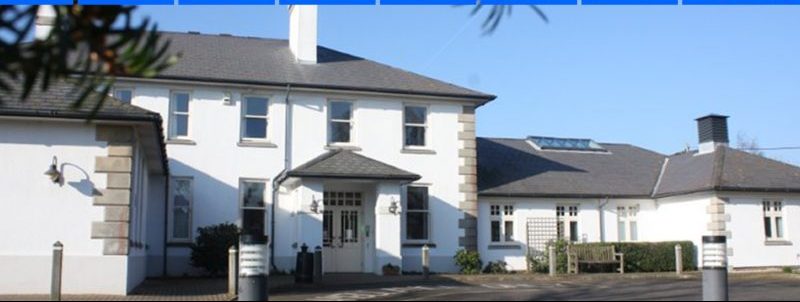By Barry Nealon
A hospital of some sort has been on the same site in Rye since Roman times, treating many types of patient, including lepers and the mentally ill. But it was in 1921, as a memorial to the millions of servicemen who died in the First World War and to help treat those who had returned home badly wounded, that the Rye Memorial Hospital was built.
The hospital – at the top of the hill on the edge of Playden – remained until 1991 when it was demolished as part of an NHS cost-saving programme. The town was having none of it and the affection in which the hospital was held quickly translated into active fund raising to build a new facility, with the result that there is still a hospital there today.
But a small community hospital on the edge of the county will always be vulnerable. Cost-saving pressures still exist and it remains a concern that, at some stage, the East Sussex Healthcare Trust – the NHS trust that leases and operates the hospital – might still choose to concentrate its energies in its two much larger district general hospitals at Eastbourne and Hastings.
The board of the charity (the Rye Winchelsea and District Memorial Care Centre) which owns the hospital on behalf of the community, believes that action is the only way to secure its future and works energetically to raise funds and deliver new services. We have had considerable success. The NHS itself has spent £300,000 in upgrading and modernising the in-patient areas and we have added a new kitchen and laundry.
The hospital is now designated as an intermediate care facility, meaning it concentrates on offering services that will keep patients out of hospital – for example quality occupational therapy and physiotherapy – or get them home faster after treatment elsewhere. Depending on a patient’s needs, care can last for a few days or a few weeks. Importantly, occupancy rates are the highest in the county.
In the new era of health services, the several hundred clinical commissioning groups – ours is Hastings and Rother CCG – make the decisions over the budget and the commissioning priorities for clinical services for its community. Through the CCG’s tender process new suppliers have entered the market. Virgin Care won the contract for orthopaedic physiotherapy and has created a hub in a vacant area at the hospital where more than a thousand patients were treated last year. To supplement this, and to speed up the diagnostic process of musculoskeletal issues, a mobile magnetic resonance imaging (MRI) unit visits the hospital for two days every two weeks.
Behind the hospital building, construction is under way to add 25 extra care homes to our existing 30 units. Residents’ needs change as they become older and, because the charity would like to be able to offer continuous care, discussions are well advanced to add a nursing home facility. Looking further into the future, we intend to purchase the adjacent ambulance station to add community services, such as a day-care centre. Discussions are also taking place to try to bring more diagnostic day-care services to the hospital and thus closer to home.
None of this could happen without the dedicated fund-raising efforts of our team and to enhance this, the charity and its supporting group, Friends of the Hospital, recently merged forces.
Local residents also give their support through Here 2 Help (H2H). A team of volunteers is available to assist patients in their own homes after their stay at the hospital, offering practical help such as dog walking, form filling, shopping – or just good conversation.
Barry Nealon is chairman of Rye Winchelsea and District Memorial Care Centre



